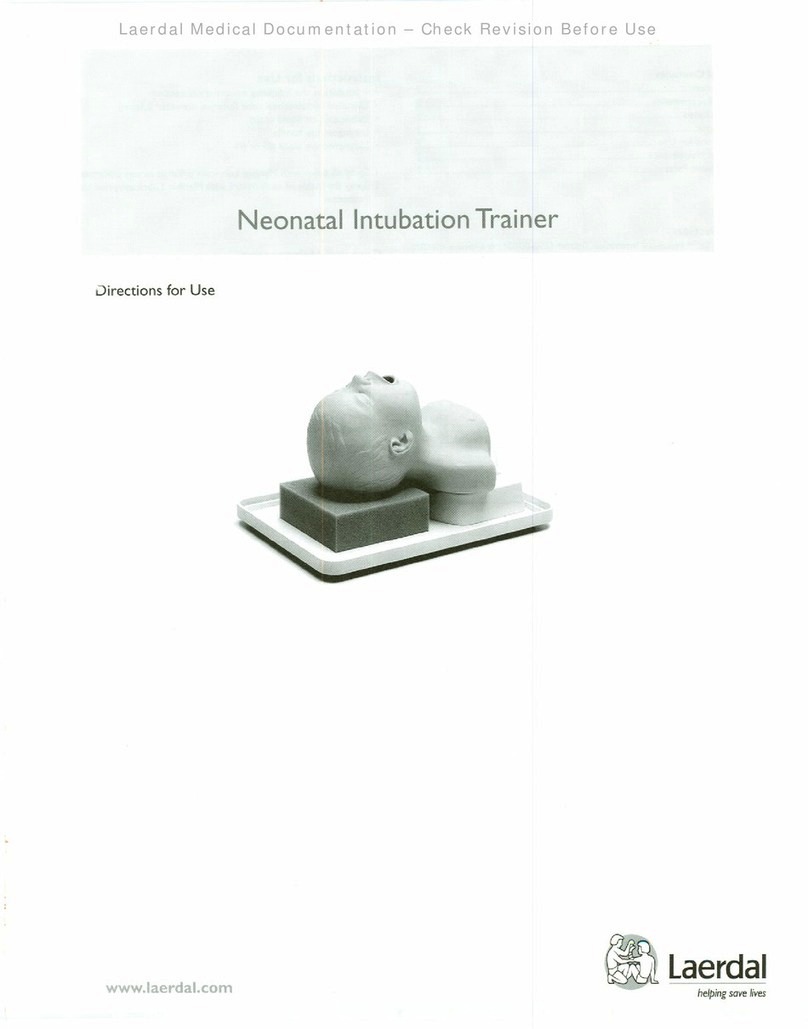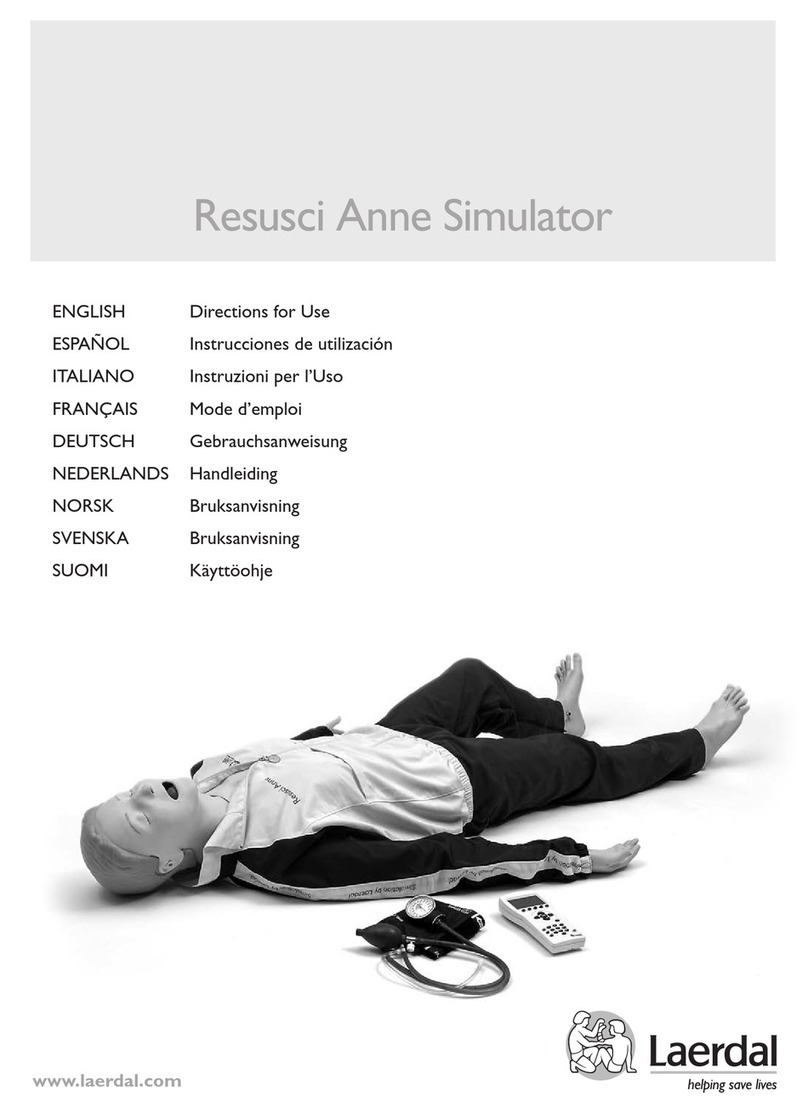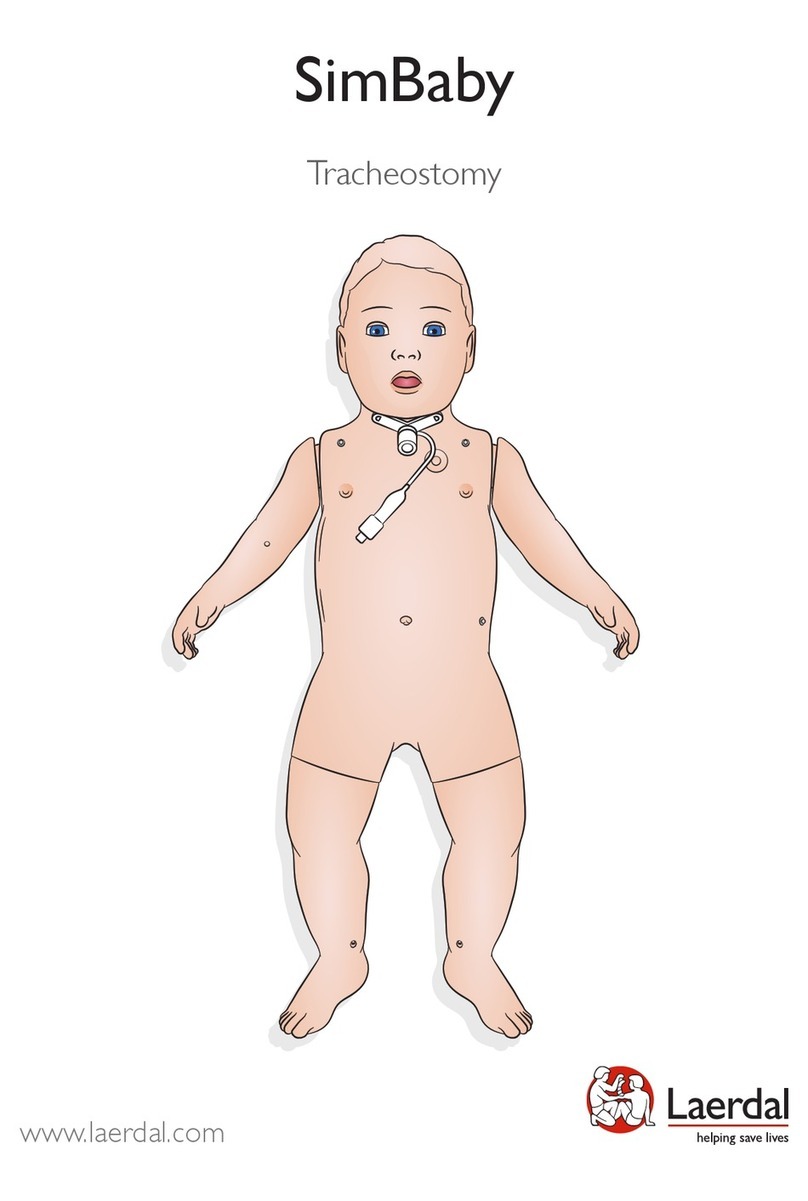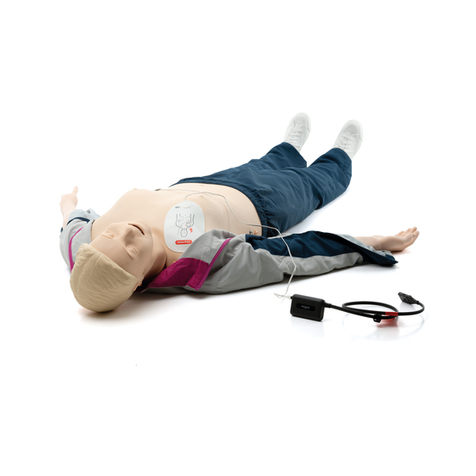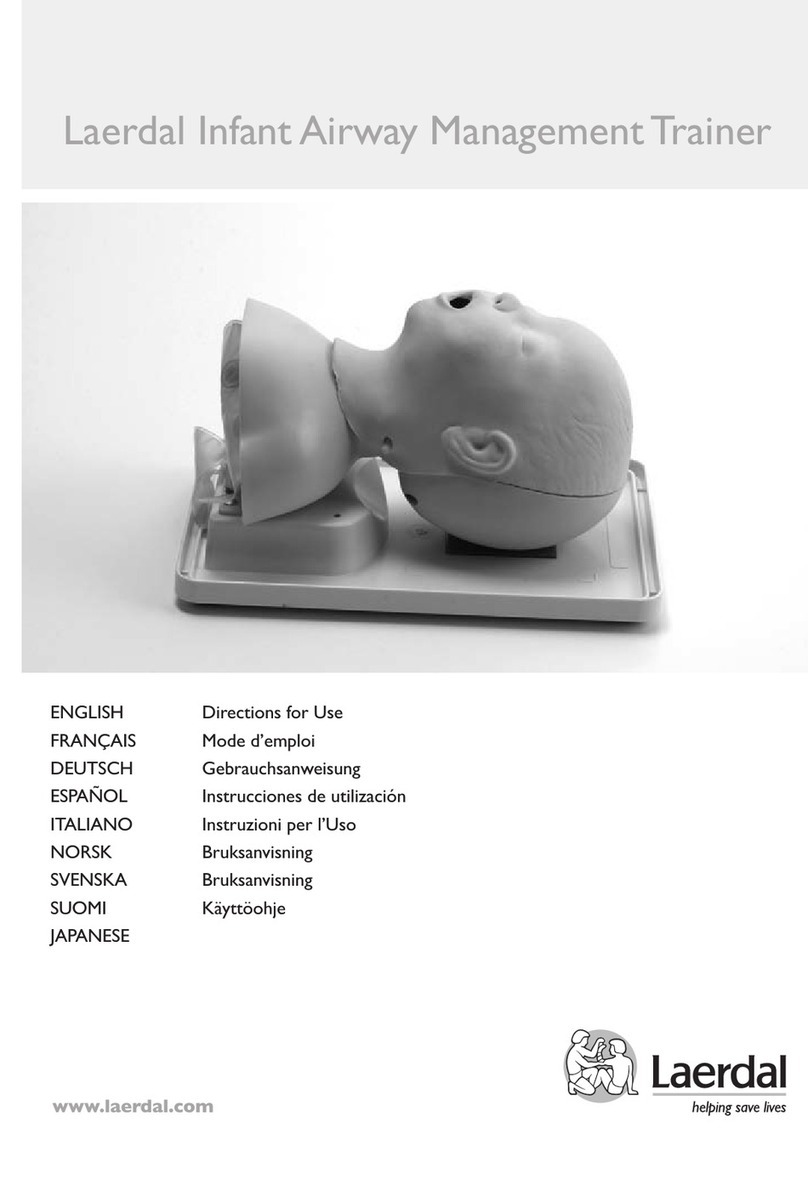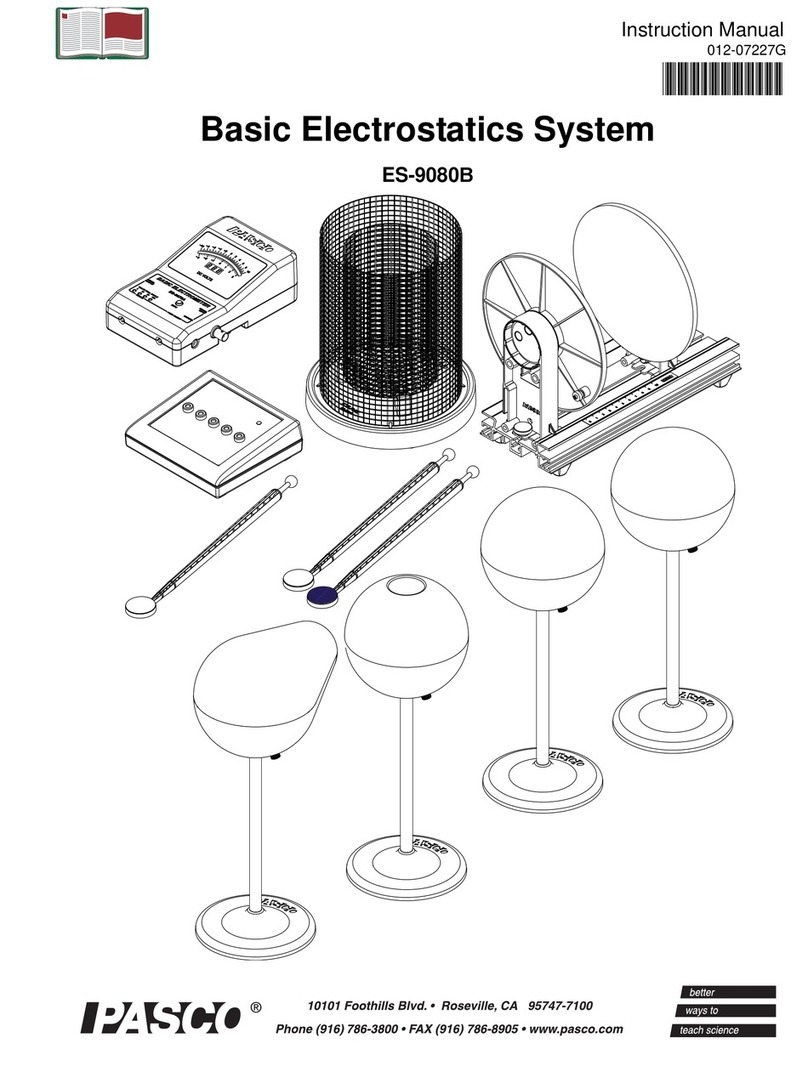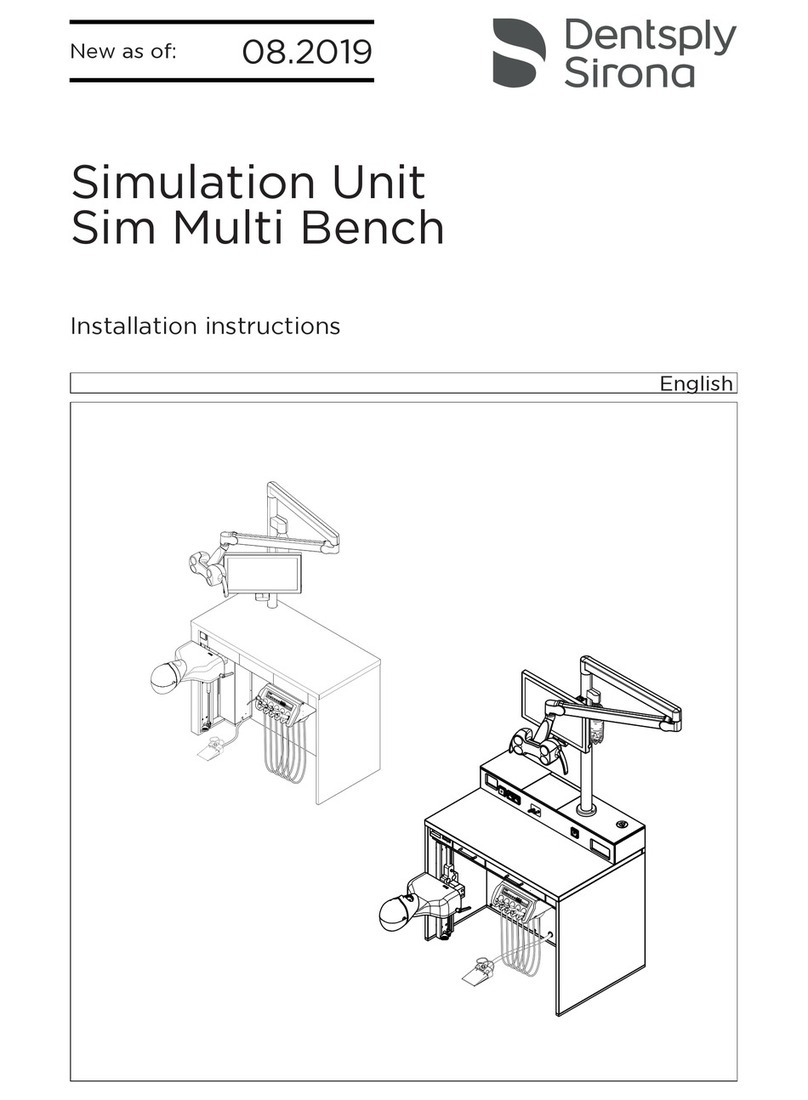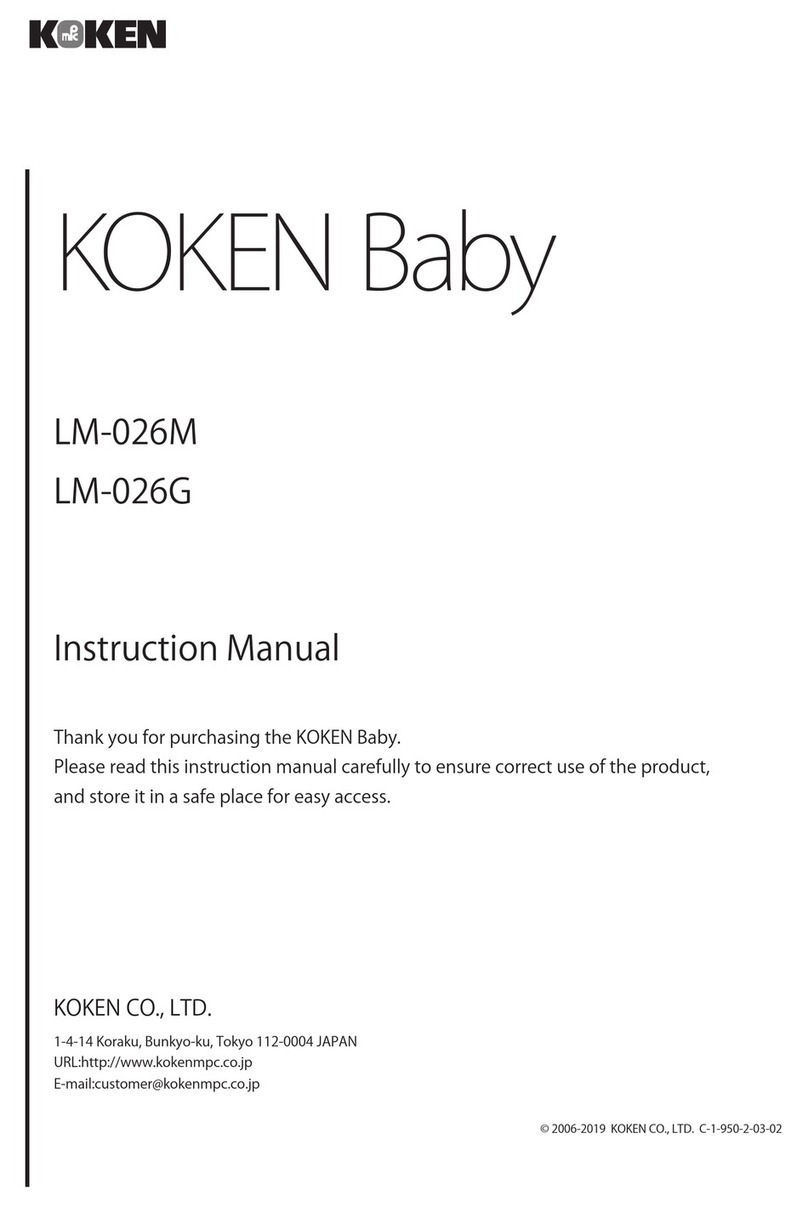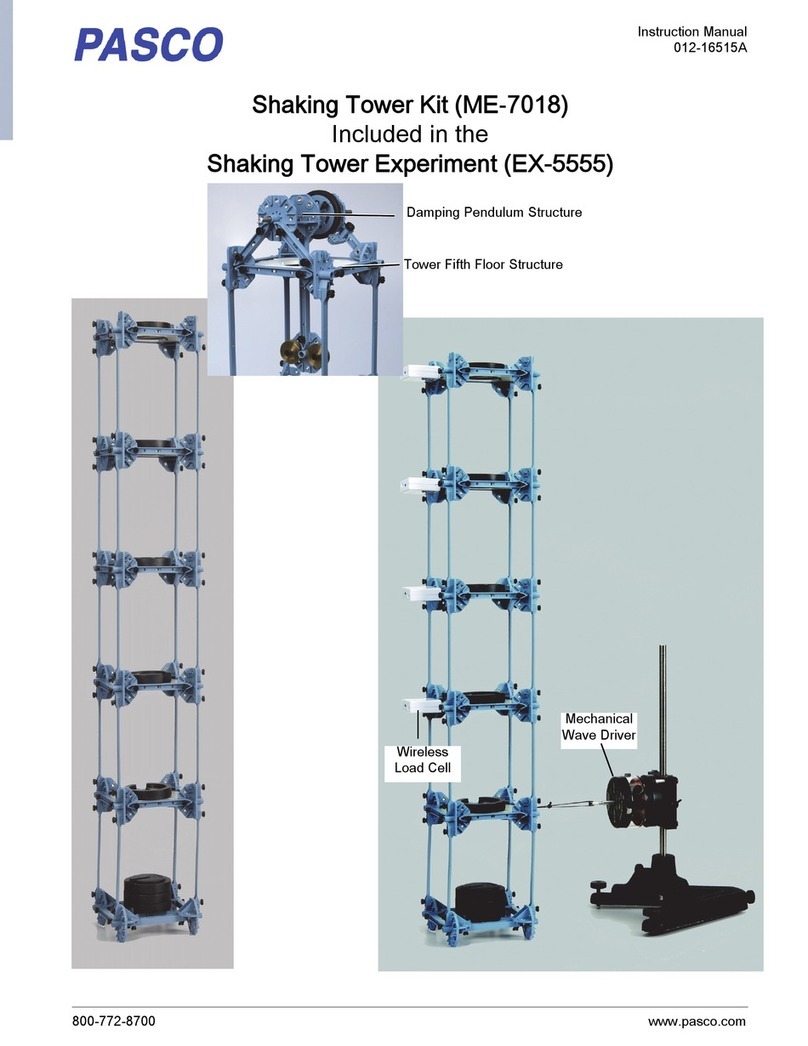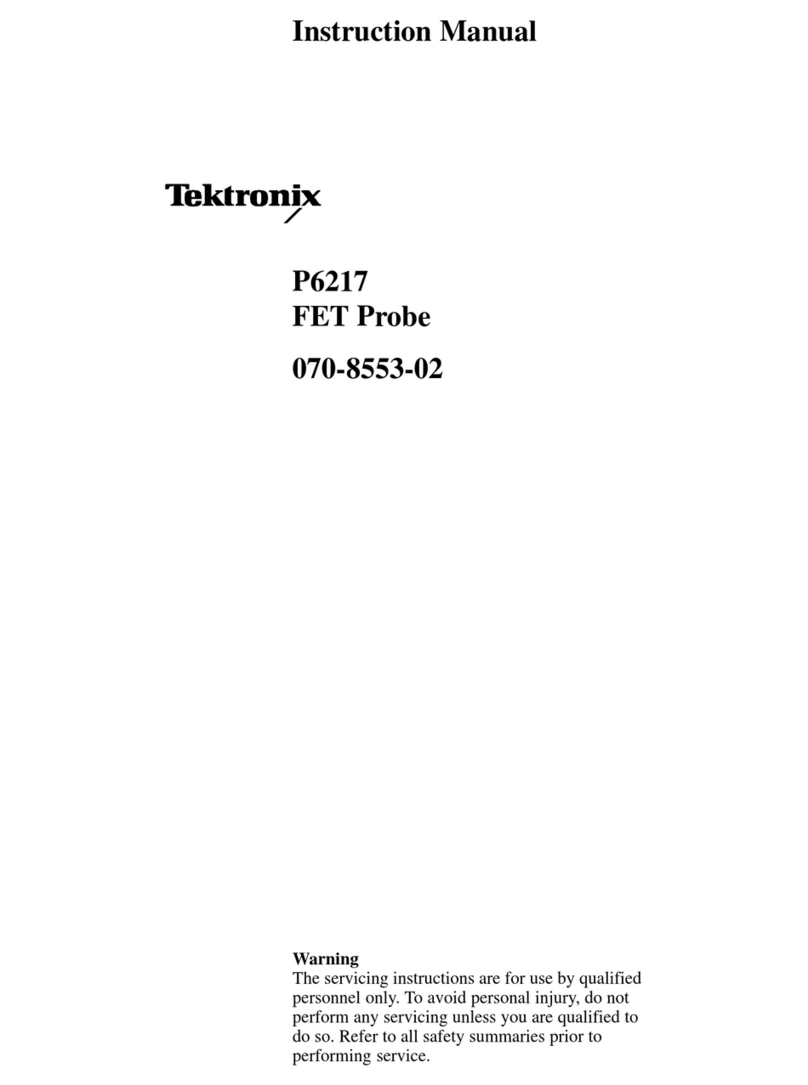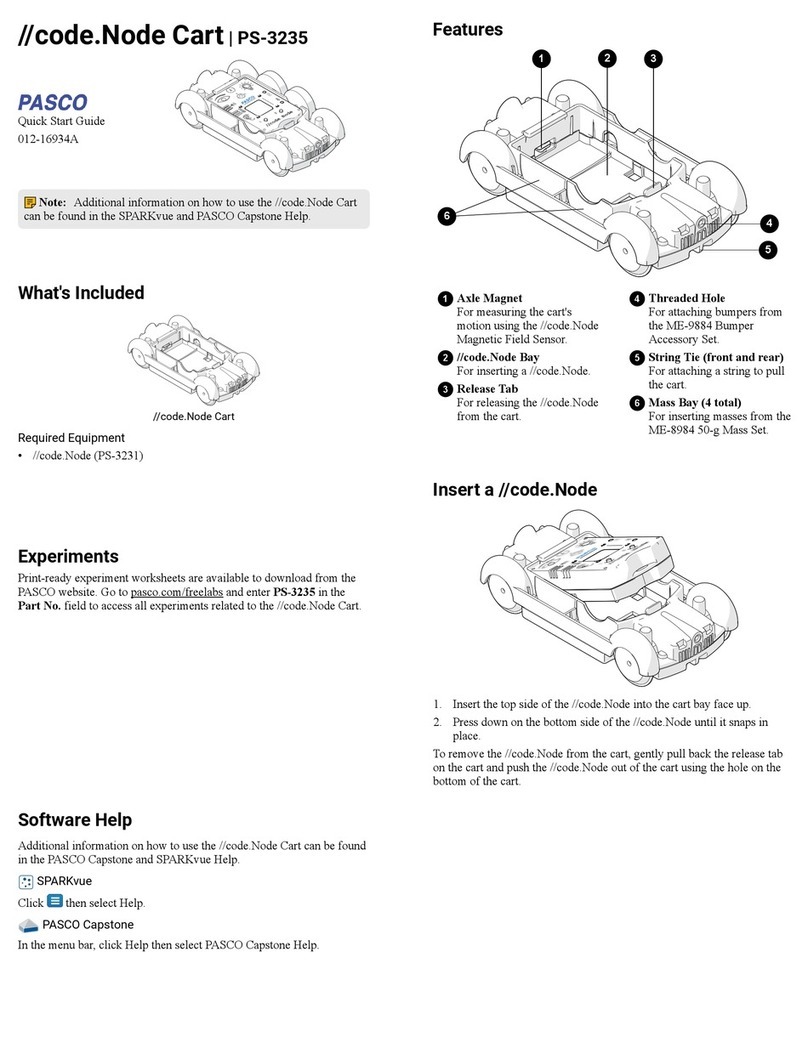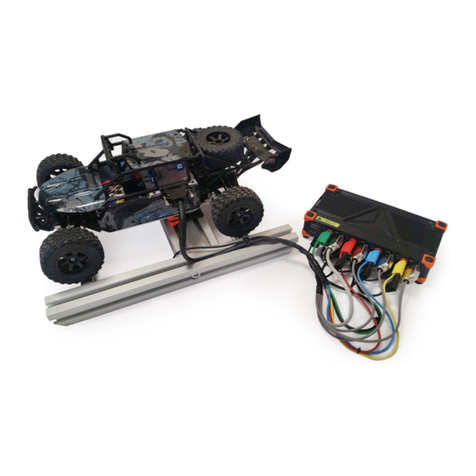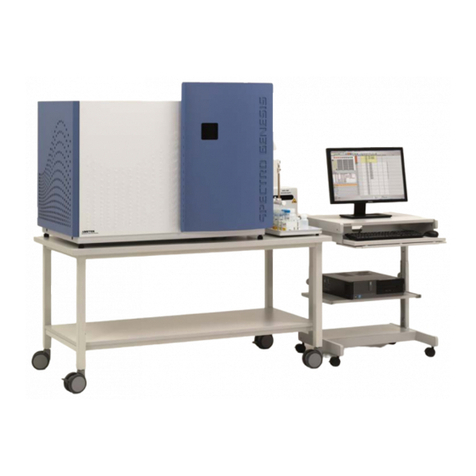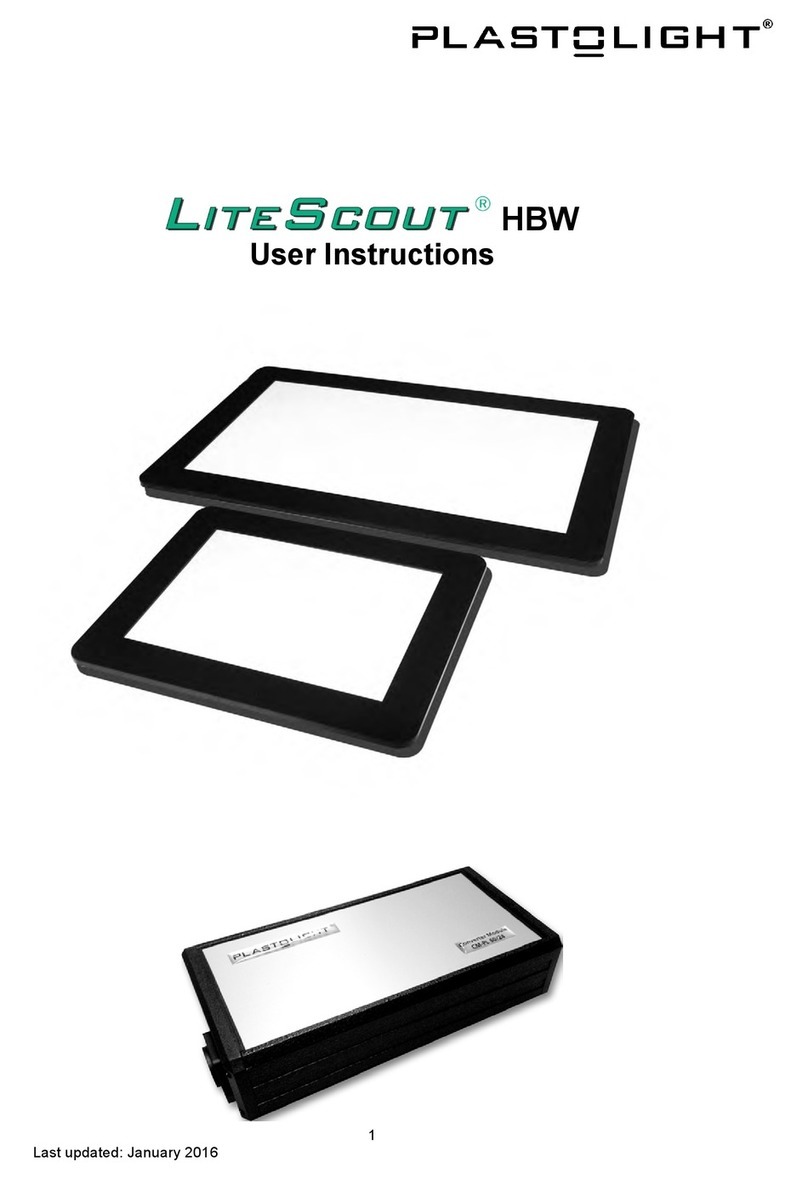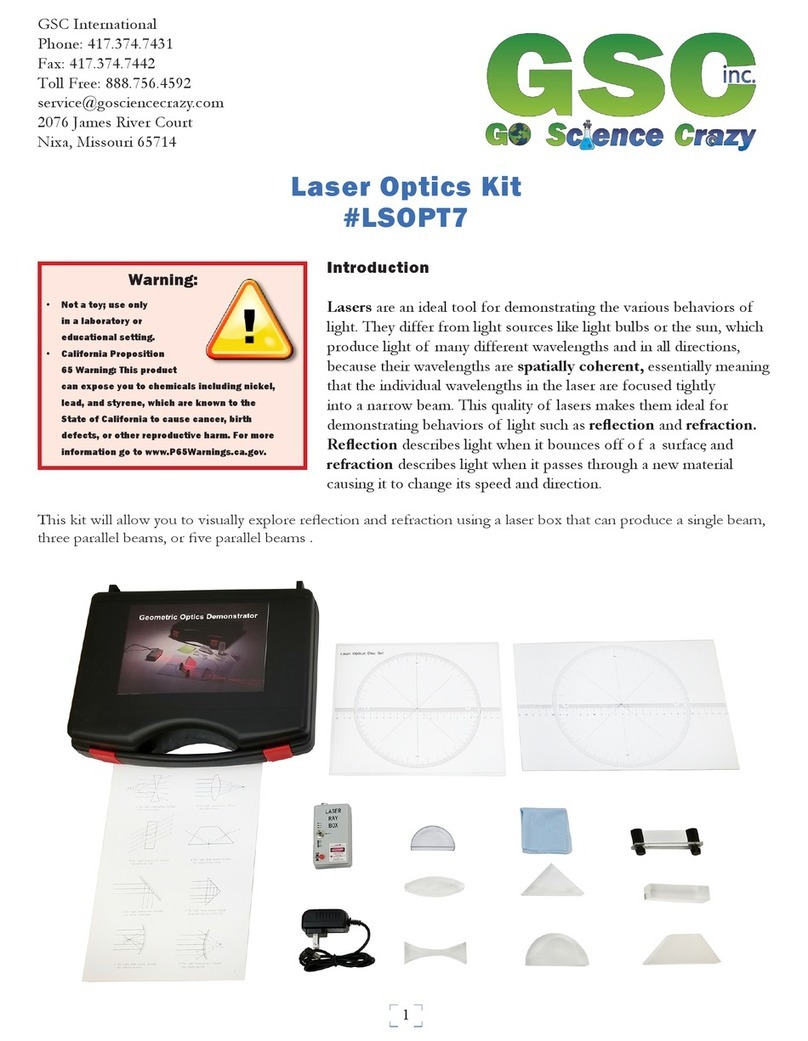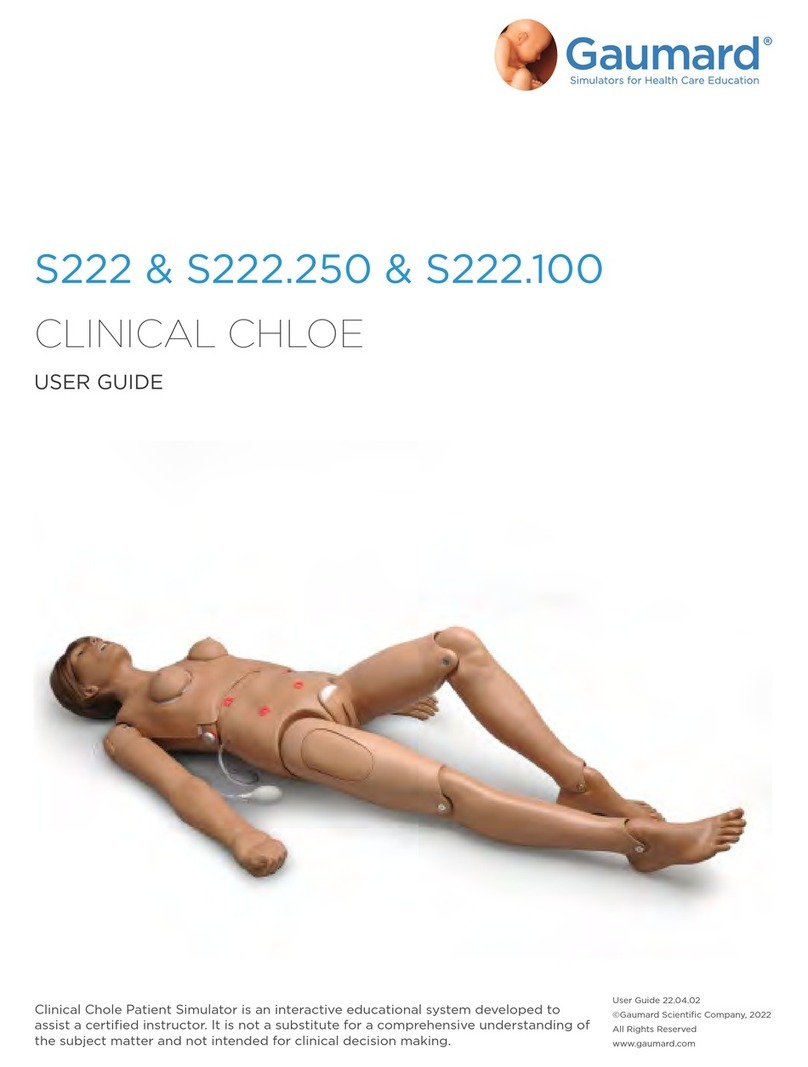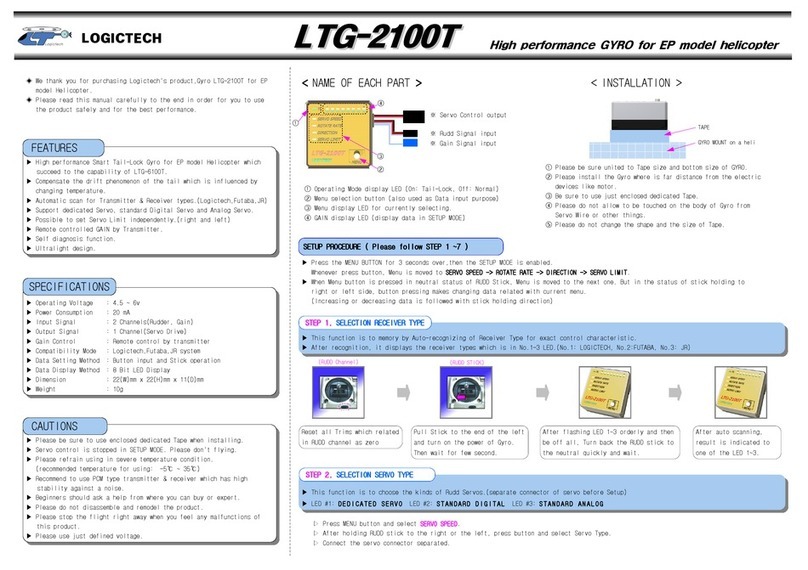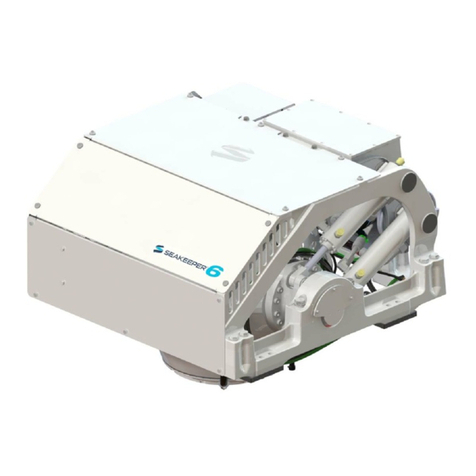8
Airway and Breathing Features
• Position the head to simulate opening the airway (neck tilt, jaw thrust)
• Practice Bag Valve Mask (BVM) Ventilation
• Identify spontaneous breathing (visible chest rise)
• Identify unilateral chest rise
• Perform Endotracheal (ET) Tube intubation
• Visualize Right Main stem Intubation
• Use supraglottic devices like Laryngeal Mask Airway (LMA), King Laryngeal Tube (LT)
and Combitube
• Insert an Oropharyngeal Airway (OPA) and Nasopharyngeal Airway (NPA)
• Identify a tongue oedema
• Identify cyanosis (linked to SPO2)
• Nasal Cannulation
• Perform chest (bi-lateral) needle decompression
• Perform bi-lateral chest drainage
• Perform needle and surgical cricothyroidotomy
• Identify stomach distension
• Perform the Sellick Maneuver
• Auscultate the lungs (anterior/posterior)
• Break the teeth by wrong intubation techniques using a laryngoscope
Cardiac Features
• Perform manual chest compression following the latest ILCOR guidelines
• Use an extensive ECG library
• Perform defibrillation using ShockLink technology (sternum/apex)
• Perform external pacing
• Auscultate the Korotkoff sounds
Circulation Features
• Auscultate the heart sounds (anterior)
• Use the Patient Monitor with presentation of cardiac rhythms via 3-lead, 5-lead and
12-lead ECG monitoring
• View the SPO2 via Simulated Monitor
• View the Blood Pressure via Simulated Monitor
• Auscultate the blood pressure via the BP cuff
• Palpate the systolic blood pressure using the BP cuff
• View the heart rate via Simulated Monitor
• Palpate the left radial, carotid (bi-lateral) and femoral (bi-lateral) pulses
Vascular Features
• Use a pre-ported IV access in the right antecubical fossa
• Insert an IO in the left tibia
• Administer IM injections in the right musculus gluteus maximus
